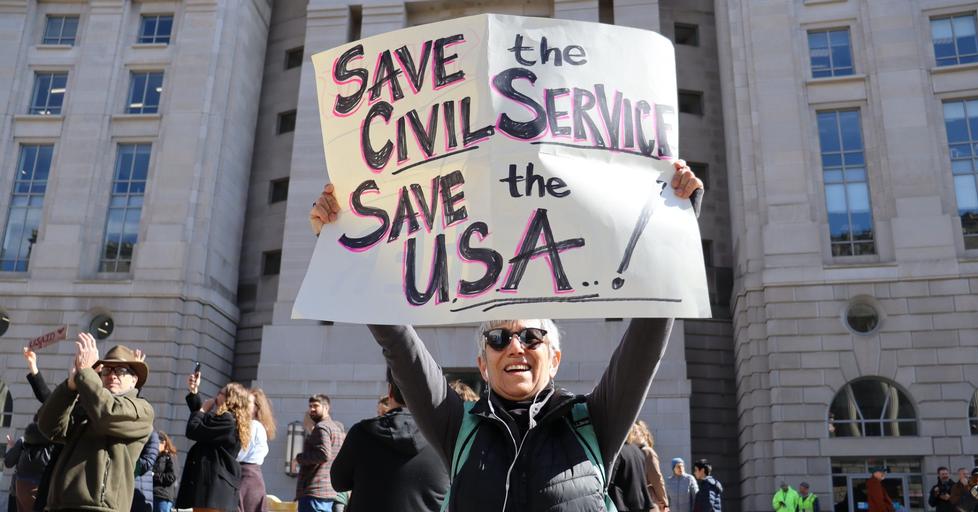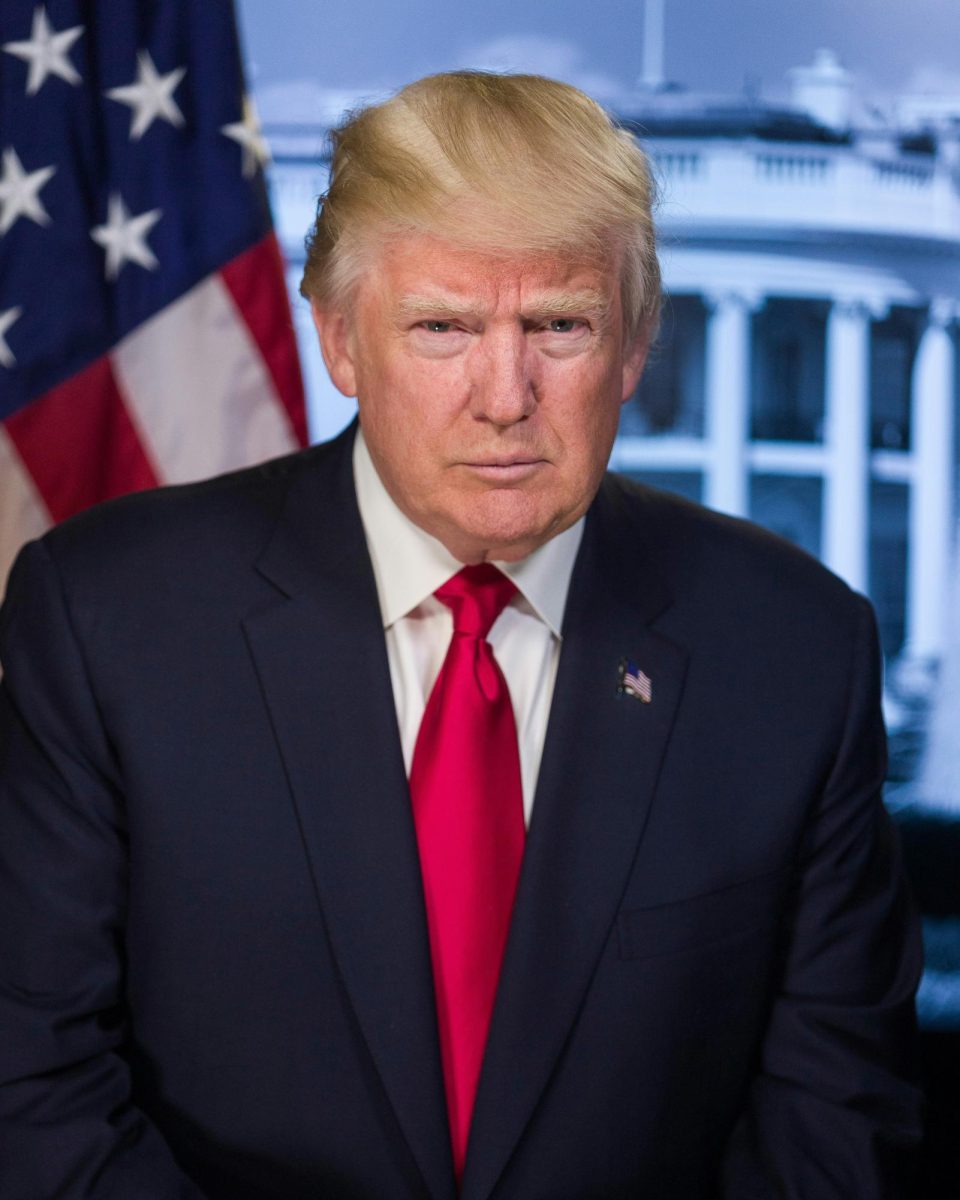This isn’t the first time a president has tried to clear out the government.
Back in 1947, President Harry Truman was determined to root out communism through his Loyalty Program, which prompted a “2,700 dismissals and 12,000 resignations” according to Civil Liberties and the Legacy of Harry S. Truman by Richard S. Kirkendall. More than 80 years later, President Donald Trump is ordering a different kind of purge: one that isn’t testing loyalty towards democracy but to the commander-in-chief himself.
Admittedly, it’s easy to see the motivation behind the firings. The basic purpose of Elon Musk’s Department of Government Efficiency (DOGE) is to “maximize governmental efficiency and productivity”. That sounds like exactly what the U.S. government needs. It’s no secret that our government moves at a dawdling pace, whether it’s passing legislation or completing infrastructure projects. My dad and I used to joke about a ramp we passed every morning that was always under construction. It took more than four years to complete. In comparison, a Chinese construction firm took just 19 days to build a 57-story building. But firing workers for the sake of speed risks breaking the system that keeps our democracy stable.
The U.S. government is often criticized for moving slowly—but that slowness serves a purpose. According to the Congressional Management Foundation, “While the process may be slow, when people provide Congress with helpful input, Congress makes thoughtful, informed and deliberative decisions that represent an investment in the nation’s future.” Deliberation ensures that hasty laws are not passed that could potentially yield harmful consequences. Speediness, on the other hand, isn’t always an asset. A 2022 ScienceDirect study points out that authoritarian regimes tend to operate more quickly, but “…by neglecting the time-demanding coordination effort.”
The U.S. government may not be authoritarian yet, but with Trump spending $710 billion within a month in office, legislation is passing eerily fast. With the power to fire workers at hand, it will only speed up from here. Soon, only a small group of leaders may make decisions, their power stemming from their ability to rapidly reshape the government’s workforce. This is the sinister danger behind DOGE’s mission statement.
To understand the alarming and unprecedented nature of this shift, let’s reflect back on a comparable event: Truman’s loyalty program and the Second Red Scare. The difference between Truman’s Loyalty Program and Trump’s plan now is the method of removal of government workers. During the scare, Truman’s approach focused on targeting specific people, communists, who he deemed as harmful threats. In contrast, Trump’s method is broader and more sweeping, removing everything first before later deciding what to replace it with.
While Truman’s approach may have been slower, it preserved the integrity of the system. He focused on individuals based on their supposed political beliefs, whereas Trump intends to fire an entire workforce regardless of any trait. Of course, that’s not to say that Truman’s actions should be applauded, but there’s a difference between a flawed approach and overhauling the structure entirely. Trump’s strategy completely undermines the checks and balances that protect democracy.
The president might justify that he has the authority to fire workers through the Unitary Executive Theory (UET), an interpretation of the Constitution in which “the President of the United States possesses sole authority over the Executive Branch.” According to UET, Trump has the power to fire all federal employees, making the thousands of dismissals legal. On his first day of office, Trump signed into order “Schedule Policy/Career,” which strips civil service workers, employees in non-political roles that carry out government operations, of their job security. Another one of Trump’s targets is the Civil Service Reform Act of 1978, which requires federal employees to receive an explanation and a notice in advance detailing the reasons behind their departure. So far, Trump has ignored this law. The 1978 law ensures that workers are hired based on merit, not political affiliation. “We will forge a society that is colorblind and merit-based,” Trump said in his Inaugural Address. Yet now, by firing employees en masse—many who have obtained positions via merit—the hypocrisy is clear.
“Schedule Policy/Career,” along with UET, puts even those with lifelong federal careers in danger of being fired. In doing so, the president further bolsters the image of an unchecked executive, consolidating power in a way that risks losing the trust of the public, or perhaps, only the trust of one faction in a divided nation.
Our government will soon be full of compliant followers of Trump due to the mass firings. Nonconformity isn’t struck down because it simply won’t exist at all—all in the name of “efficiency”. Efficiency at the cost of accountability is a step toward total control.









